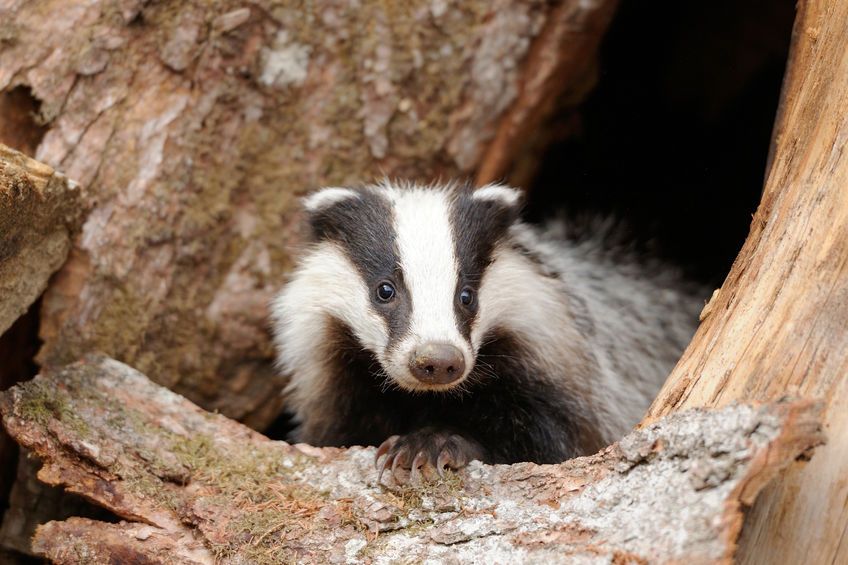
The British Veterinary Association (BVA) has criticised plans to introduce badger culling in England's Low Risk Area, saying it "lacks evidence of detail".
As the government announces that it will allow badger culling in the Low Risk Area (LRA), the British Veterinary Association (BVA) said the veterinary industry continues to raise questions.
According to the government, badger control in the LRA is expected to be permitted only in very exceptional circumstances where veterinary epidemiologists judge an area to meet the published criteria for a bTB ‘hotspot’.
Any decision on whether to implement badger control in a specific LRA location will be taken by the Defra Secretary Michael Gove after considering all relevant scientific and veterinary advice.
'Greater clarity'
The BVA said it is supportive of the principle of badger controls within the LRA of England where there is a demonstrated need and where it is done safely, humanely and effectively as part of a comprehensive strategy.
However, the veterinary body said there is a lack of detail on the evidence base behind the proposed badger culling methodology in the LRA.
BVA President John Fishwick said: “In our response to the consultation on this issue we called for greater clarity on the decision-making process on how and where badger controls would be introduced in the LRA, but the published criteria don’t offer adequate insights into this process.
“We are also concerned that the culling will be industry-led, whereas we support a centrally controlled, government-led cull which we believe would give better land coverage than can be achieved by an industry-led programme."
'Rigorous and transparent'
The BVA are calling for a more "rigorous and transparent" method that communicates the decision-making process and how it will be evaluated.
The ministerial statement also announced reductions in the compensation for the slaughter of infected cows when a healthy cow has been moved onto a risky herd which will be introduced in November 2018.
The government proposal to increase the frequency of testing in cattle in the High Risk Area to once every six months will now be introduced in early 2020.
